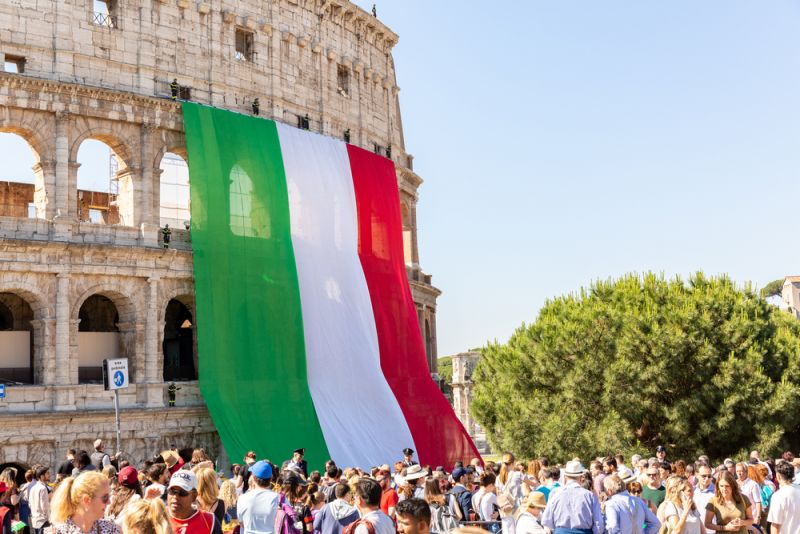Exploring Italy’s National Holidays: A Quick Guide

Italy is a country rich in culture and tradition, and this is evident in its annual public holidays. With a total of 11 national holidays, Italians celebrate various historical, religious, and cultural events throughout the year. Let’s take a closer look at some of the key dates to mark on your calendar and the significance behind these national holidays.
1. New Year’s Day – 1 January
Italy starts the year with a public holiday on 1 January to celebrate New Year’s Day.
2. Epiphany – 6 January
On 6 January, Italians mark the Epiphany, a religious feast that commemorates the arrival of the Three Wise Men in Bethlehem.
3. Easter Sunday and Easter Monday
Italy observes public holidays for Easter Sunday and Easter Monday, with the dates varying each year.
4. Liberation Day – 25 April
25 April is Liberation Day in Italy, commemorating the end of the Fascist regime and the Nazi occupation during World War II.
5. Labour Day – 1 May
Labour Day on 1 May celebrates the achievements of the labour movement and trade unions in Italy.
6. Republic Day – 2 June
2 June is Republic Day in Italy, marking the country’s transition to a republic in 1946.
7. Ferragosto – 15 August
On 15 August, Italy celebrates Ferragosto, a holiday that has roots in ancient Roman traditions.
8. All Saints’ Day – 1 November
1 November is a public holiday in Italy to honour All Saints’ Day.
9. Immaculate Conception – 8 December
On 8 December, Italians celebrate the Immaculate Conception, which also marks the start of the Christmas season.
10. Christmas Day, St Stephen’s Day, New Year’s Eve – 25, 26 December, 31 December
The holiday season in Italy culminates with Christmas Day, St Stephen’s Day, and New Year’s Eve.
These national holidays offer a glimpse into Italy’s history, culture, and religious traditions, making them an integral part of the country’s identity.
Photo credit: Daniele de Gregorio / Shutterstock.com.



